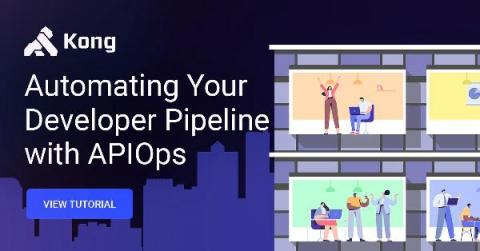Automating Your Developer Pipeline With APIOps (DevOps + GitOps)
APIOps is the complete end-to-end automation of the API lifecycle, combining DevOps and GitOps. With APIOps, you can enhance your productivity through the reuse of APIs. In this tutorial, we’ll walk you through how to:








